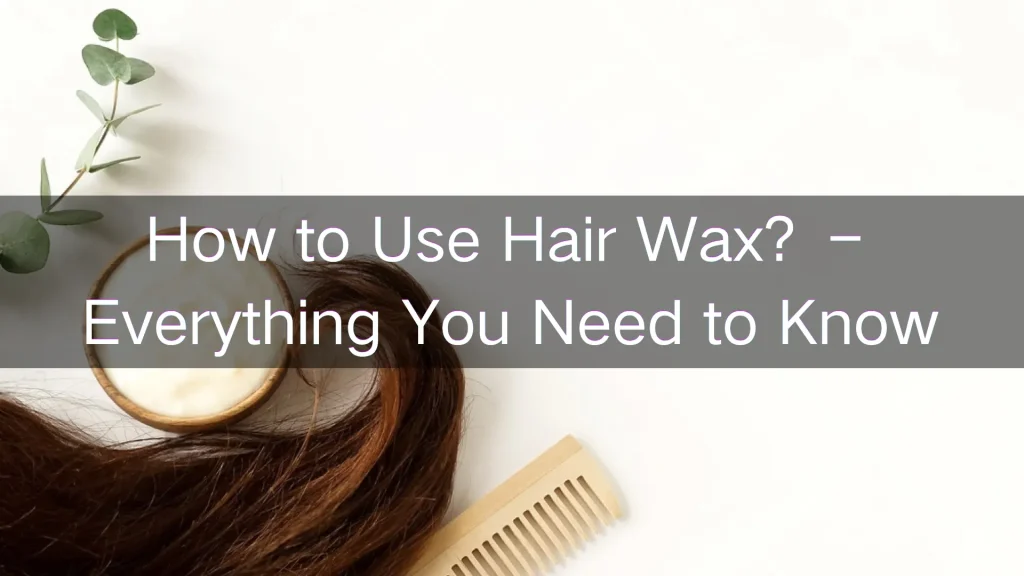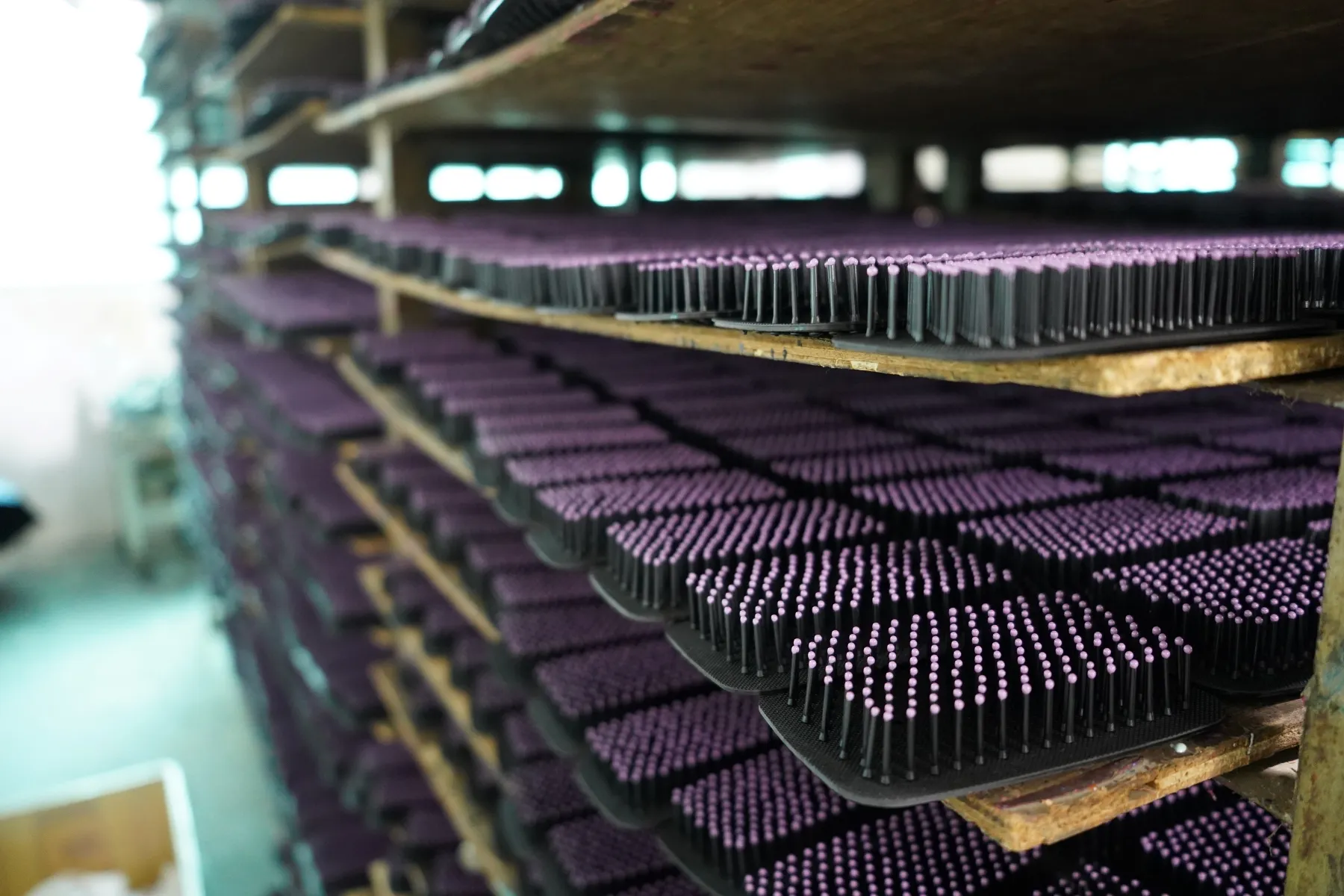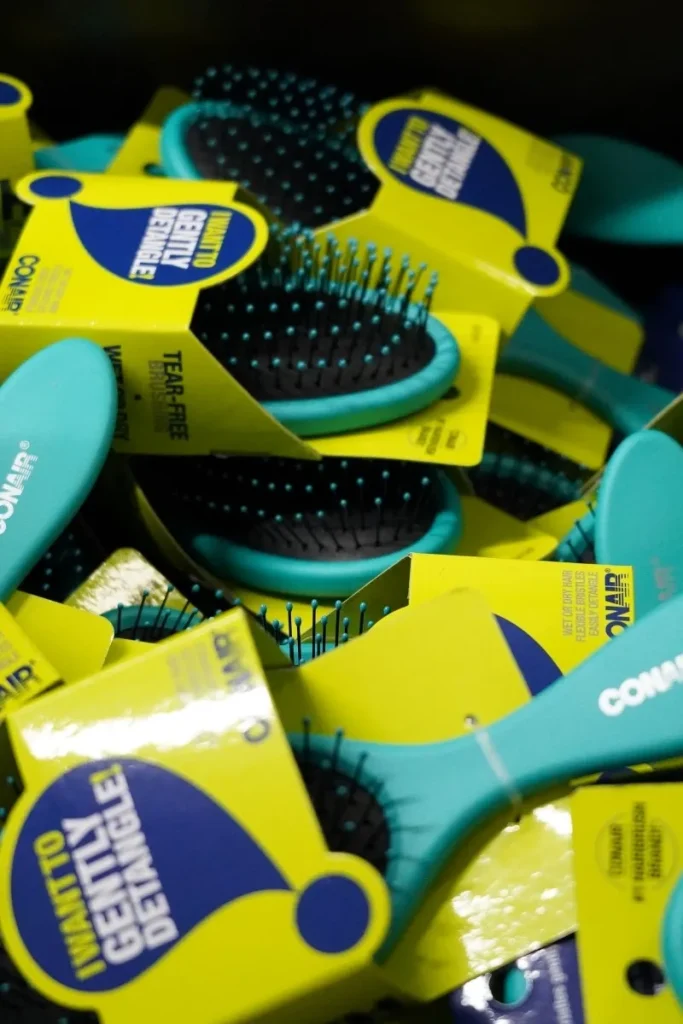To have smooth, shiny and healthy looking hair, you have to use hair conditioner. It moisturizes, pampers, and guards your hair against everyday wear and tear. However, you must use it in a certain way to get the maximum. The best conditioner will not work when used in the wrong way. This guide on How to use hair conditioner will teach you what hair conditioner is all about, how to apply conditioner in steps, which type is right for your hair, and conditioner mistakes you need to avoid. Let us count every wash to your hair health. Let us ensure that each wash counts on your hair health.
What Does Hair Conditioner Do?
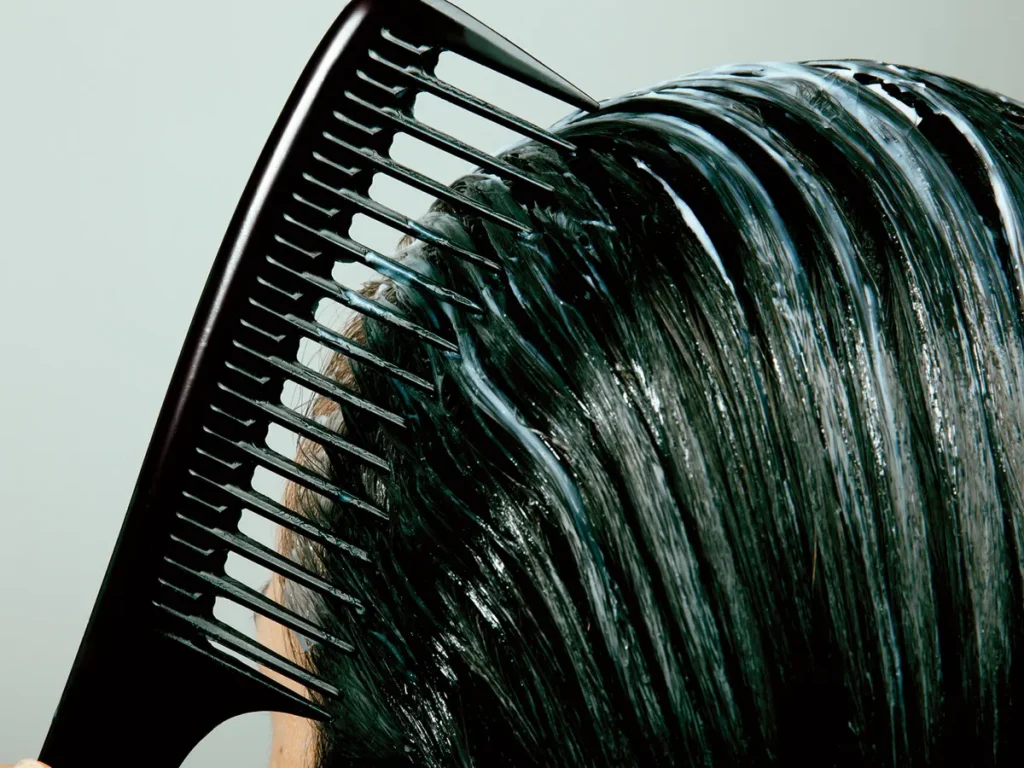
Hair conditioner will assist you in having soft, healthy and manageable hair. The conditioner unlike shampoo will hydrate and smooth your hair shafts. It guards your hair against friction, dryness and breakage. The positive and negative ionic interaction also provides you with anti-static advantages. Protein-based conditioners provide temporary relief in case you have issues with split ends. Regular use of conditioner brings shine, increases flexibility and enhances texture. It is the most important thing you should not miss in case you are concerned about the health of your hair.
Key Ingredients in Hair Conditioners
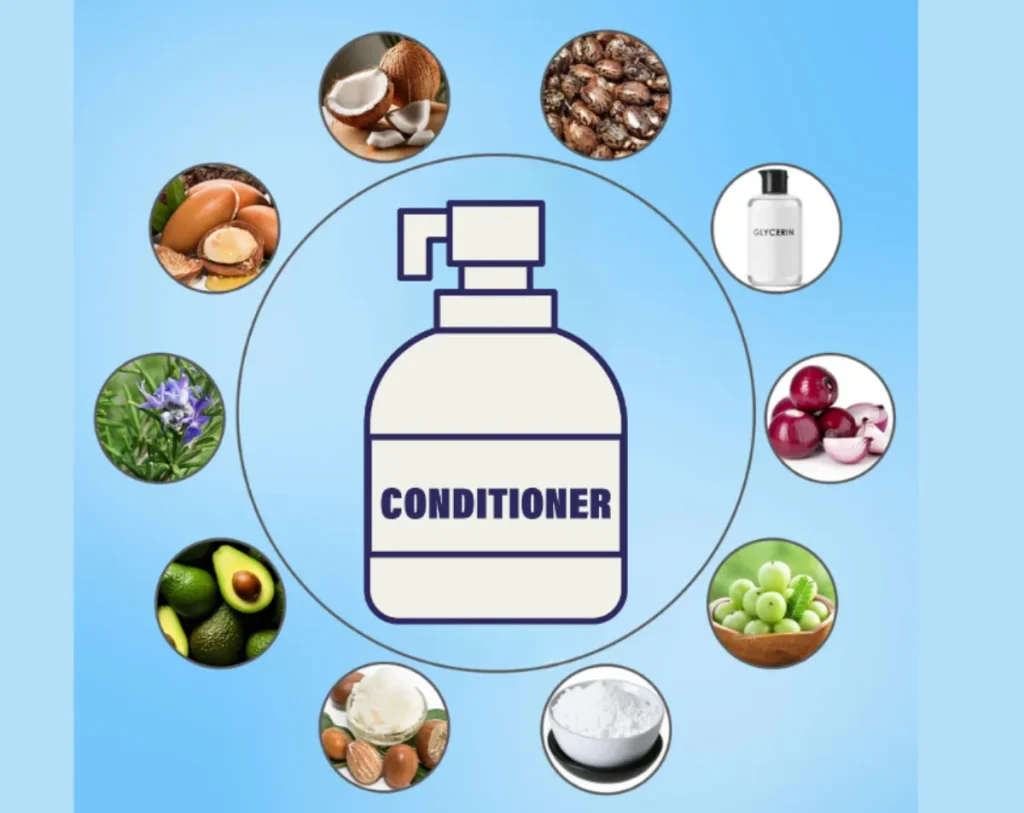
- Fatty alcohols such as cetyl and stearyl alcohol impart slip and softness to your hair and make it easier to detangle. These are also used to condition without greasing up your hair.
- Glycerin and panthenol are humectants that attract humidity in the air to your hair to keep it moisturized. They come in particularly handy in case you have a problem with dryness or brittleness.
- Oils such as argan, coconut and jojoba assist in locking in that moisture and give the hair a shine without being heavy. You will see that your hair will become smoother and easier to manage.
- Keratin and silk proteins have the ability to repair weak strands, by temporarily filling holes in damaged areas. They also enhance strength and lower breakage with time.
- Silicones such as dimethicone are smoothers, which will make your hair shiny but keep the use to a minimum to avoid buildup. When applied properly, they give a smooth, glossy texture.
- Thickening agents works well on hair body, especially beneficial in case hair is fine or limp. They make your strands appear thicker and assist in improving styling hold.
How to use hair conditioner? – 6 Simple Steps
Step 1: Wash Your Hair With Shampoo
Begin by selecting a shampoo that suits your hair type, be it; dry, oily, color-treated or curly. Apply a coin-sized portion and target your scalp. Delicately lather to eliminate dirt, oil, and accumulation. Wash gently with warm water to loosen the cuticle layer and make your strands ready to receive a conditioner. To achieve the best, use your shampoo with its corresponding conditioner.
Step 2: Use Your Conditioner
Rinse the shampoo out, but after that, squeeze out any extra water in your hair. A quarter amount of conditioner in your hands, rubbing your palms together. Spread it out on the medium-lengths to the ends. Avoid the scalp area so as not to be greasy. In case you have thick or long hair, you can divide it into parts and apply layer by layer to cover it all. Pay particular attention to dry or damaged places.
Step 3: Gently Detangle Your Mane
With fingers, gently detangle your hair as the conditioner remains in. When you have curly or textured hair, use a wide-tooth comb or a wet hair detangling brush. Do not pull or mishandle to minimize breakage and stress.
Step 4: Leave It On Your Hair
Allow the conditioner to remain 1 to 3 minutes–or as indicated on the label. During this time, you can spend it on a shower. This waiting time, the ingredients are able to absorb and moisturize the hair. The more time it spends in recommended time, the more it conditions your strands.
Step 5: Warm Water Rinse
Wash your hair in hot (not boiling) water. Ensure that there is no product left, since an unused conditioner may cause build up or dullness. Hair should not be slimy, but rather soft and smooth. Rinse slowly so that the cuticle seals and traps the moisture.
Step 6: Finish With an In-Shower Treatment
As an option, you can use a hair mask, gloss, or hydration treatment afterward. Select a product according to your hair aspirations- such as shine, repair, and moisture. It is important to read the label of the treatment always in order to use correctly and not to condition excessively.
How to Use Leave-In Conditioner
Leaving conditioner is a product intended to moisturise and shield your hair without requiring a wash. You can apply it every day to minimize frizz, eliminate roughness, and guard against heat damage. It is not heavy like rinse out conditioners and therefore, perfect when you are having dry, curly, or natural hair. It can be used as a stand-alone product or as an additional care after normal conditioner. Leave-in products facilitate the detangling of your strands and seals in moisture during the day or night.
Application Steps:
- Gently towel-dry your hair after shampooing by ridding your hair of excess water without coarsening the cuticle.
- Apply the product according to the instructions and use it on mid-lengths and ends, but not on your scalp.
- Detangle using your fingers or a wide-tooth comb, working at the bottom first.
- Air dry or otherwise dry your hair with heat devices.
- To get extra benefits, use it at night and leave it overnight.
- As an added advantage, use at night and leave it to work overnight.
How to Use Shampoo and Conditioner in One
A 2-in-1 conditioner and shampoo is a handy product when you just want an easy, hassle-free hair care regimen. It is a mixed composition of cleansing and conditioning that saves you time, without losing the process of taking care of your hair. Nevertheless, it might not be suitable to every hair type, particularly when your hair requires more advanced hydration or specific treatment. You must apply it occasionally or during travel, which depends on the needs of your hair. It is good with normal to oily hair, which does not need heavy conditioning.
Application Steps:
- In the shower, rinse your hair thoroughly to ensure that the product applies uniformly and works effectively.
- Apply roots to ends the 2-in-1 product, and massage it through your head and hair.
- Cleanse and lightly condition in 1-2 minutes by massaging.
- Wash out completely until it is free of any residue- your hair must feel clean.
How to Use Deep Conditioner
A deep conditioner is the solution you will use when you color, style, or chemically treat your hair on a regular basis. It goes deeper than normal conditioner, giving extra moisturizing and healing. All you have to do is apply it once a week, anything more than that may cause over-conditioning and product build-up. Include this in your daily routine and you will help mend softness, strength, and shine. The trick is to use it properly so that you can maximize each session.
Application Steps:
- Look at the label to determine whether to use on wet or dry hair- each product is different.
- Use generously on mid-lengths and ends, which are the driest parts of hair.
- Steer clear of your scalp as it would make it greasy and block pores.
- Keep the product on between 10 and 30 minutes, as directed.
- Wash it off with warm water until your hair does not feel greasy anymore.
Types of Best Hair Conditioners and Their Uses
Rinse-Out Conditioner
It is what you apply every time you shampoo. You apply it on mid-length to ends, leave it at least 2-3 min, and rinse. It aids in detangling, softening and also shields your hair after a wash. Apply frequently to keep the proper moisture. With regular use you will see less broken hair and shine.
Leave-In Conditioner
You use it once you have towel-dried your hair. It does not rinsing its way out and functions throughout the day. It works great with dry, curly or textured hair. Apply it as a leave-in conditioner after washing, or as a leave-in conditioner before heat styling to add moisture, decrease frizz and protect against damage. It could be used also at the end of the day to wake up with smoother, easier-to-manage hair.
Hair Mask / Deep Conditioner
It is to be applied once per week as a deep repair. Ideally for damaged hair, colored hair, or heat styled hair. Use it on wet hair and leave on 10-30 minutes, rinse off. It replenishes endurance and moisture. After a single use, you will notice the difference in softness and stretchiness.
Shampoo and Conditioner 2-in-1
This is a cleansing and conditioning in one step. It is wonderful when you need a fast and effortless routine. But it will not be very efficient when you require specific moisture or repair. Apply it when you require speed rather than specialization. You can also combine it with weekly deep conditioner to combine convenience and care.
Common Conditioner Mistakes to Avoid
1. Applying from roots to ends
Applying conditioner to your scalp puts in danger of greasy, flat roots. Rather, concentrate on the mid-lengths to ends. It is where your hair requires moisture the most. Root conditioning may also drag down your hair and make it harder to style.
2. Not allowing it to stay long enough
Washing at high speed will not allow your hair to collect the benefits. The instructions of the product should always be followed. Allow it to work at least 1 to 3 minutes. This is an important step to skim and the long-term effect is lackluster and deficient hair.
3. Leaving it in too long
One reason is that over-conditioning may turn against itself. Leaving it in too long will leave your hair feeling heavy or greasy. Using the recommended time will prevent accumulation and irritation. Allowing it to stay longer may even lead to discomfort of the scalp or blockage of the follicles.
4. Using too much or too little
It takes a typical amount of a quarter. Adjust according to the length or thickness of your hair. The correct use of the amount provides even distribution and simple rinsing. Excessive use of product may result in build-up and too little provides little benefit.
5. Infrequent conditioning
Your hair will still require moisture even when you forego shampoo. Instead of washing your strands, use leave-in conditioners or co-washes in between washings to maintain their health. Conditioner can also be skipped on a regular basis, which may result in dry, frizzy, or tangled hair.
6. Skipping leave-in conditioner benefits
Do not forget about leave-ins. They minimize frizziness, give hair protection against heat and leave your hair more manageable. You may use them every day to add some moisture and smoothness. They are particularly useful when it is humid or prior to heat tools application.
Choosing the Right Conditioner for Your Hair Type
Color-Treated Hair
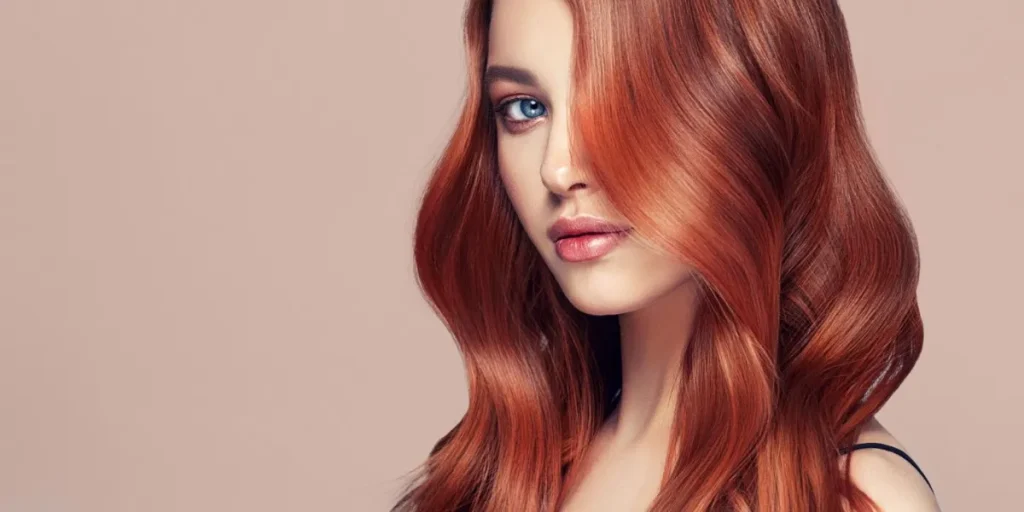
When you dye your hair, you should have a conditioner to preserve color and hydration. Apply a ph-balanced, sulfate-free formula to avoid fading and dryness. These conditioners assist you to maintain shine and prolong the life of your hair color.
Curly/ Coily Hair
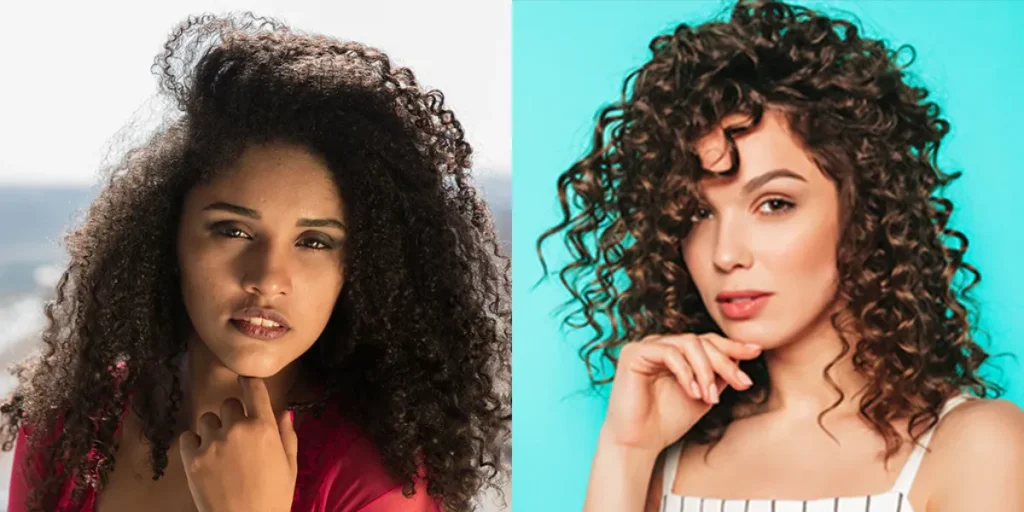
Curly hair types are in need of moisturizing and frizz. You need to apply thicker, cream-based conditioners or leave-ins. They hydrate your curls deeply, create shape and minimize breakage. Regular conditioning will also make it easier to handle your curls and to detangle them.
Fine or Oily Hair
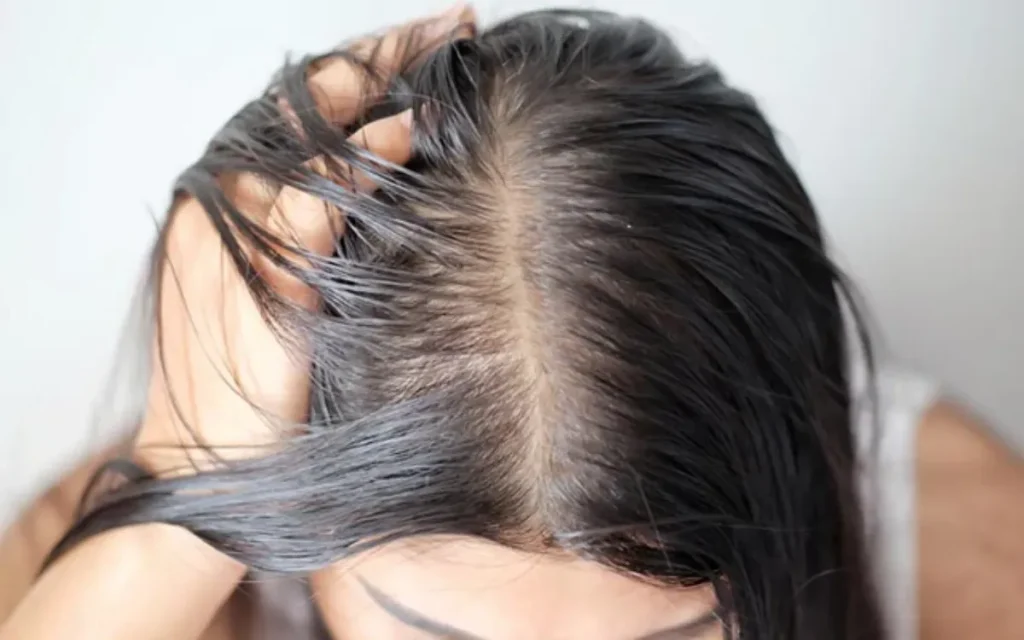
Lightweight, volumizing conditioners are good in fine or oily hair. Silicones and heavy oils should be avoided as they make your strands heavy. You will obtain softness and not flatness. It keeps your hair bouncing and not oily when you use it regularly.
Thick or Textured Hair
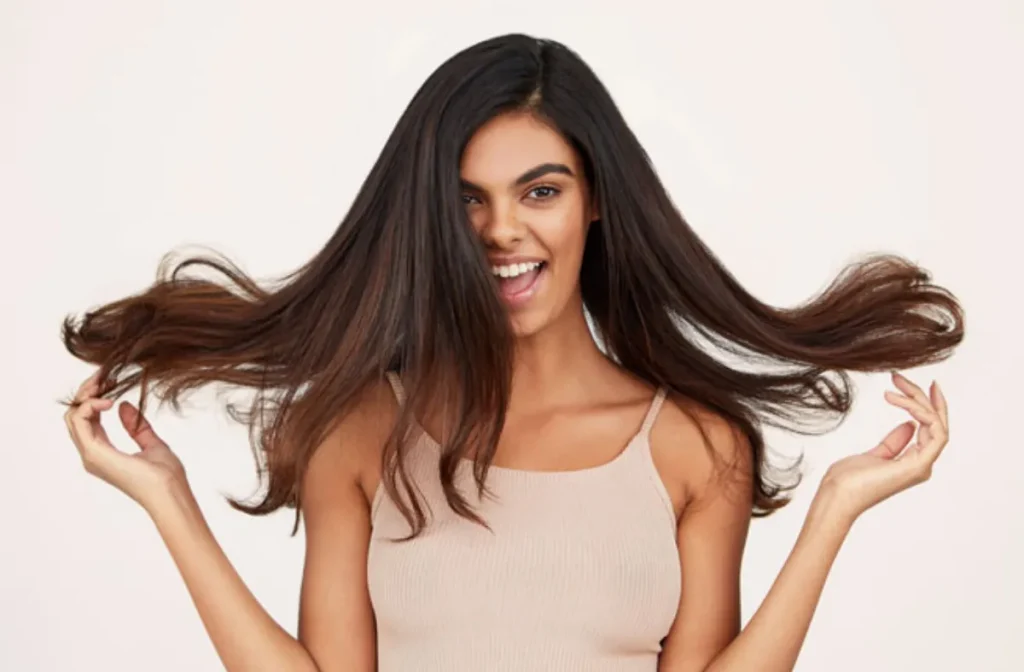
When your locks are thick or very textured, they require more hydration. Conditioners that contain shea butter or proteins will do you good. These not only nurture but also make your strands strong. Regular conditioning enhances elasticity and limits breakage with time.
Dry or Damaged Hair
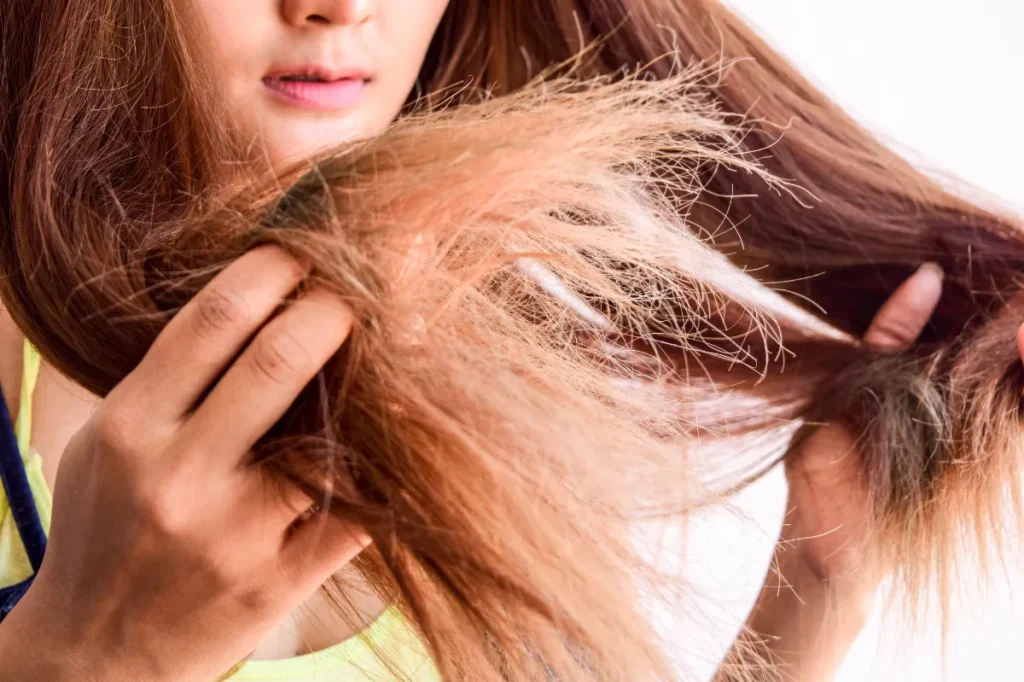
Dry or damaged hair requires repair and intense moisture. Seek keratin or bond-repair conditioners. These assist you to regain smoothness and resilience. Gradually your hair becomes stronger, softer, and manageable.
Side Effects and Precautions
1. Skin Reactions
Conditioner can also cause acne or flare-ups on acne-prone or sensitive skin, particularly at the hairline, back, or shoulders. There are some formulas that have oils or silicones which clog pores. To prevent this, wash thoroughly and do not apply the product to your skin. Or you can attempt to rub on conditioner mid-lengths to ends to keep contact with skin to a minimum.
2. Scalp Irritation
The product may make you itchy, redden or burn, in case it does not match your scalp. When this occurs, discontinue its use at once. Wash your head with warm water and replace it with a milder fragrance-free shampoo. In case of persistence irritation, refer to a dermatologist to exclude allergies or sensitivity to the product.
3. Nasal Irritation and Eye Irritation
Highly perfumed or chemically loaded conditioners may irritate your nose or eyes when applied. Never lean your head back and do not allow the product to run on your face. In case of irritation, use cool water to rinse your eyes or nose and never use a fragranced formula again.
4. Precautionary Steps
To allow your hair to relax, use hair clips to remove it off your face and body. This avoids undesired contact with sensitive parts and leaves skin cleaner upon rinsing. Your back and shoulders should also be washed after rinsing your hair to get rid of any residuals.
Conclusion
There is actually a difference in how you look and feel about your hair when you know how to use hair conditioner. No matter what type of conditioner you choose to use with curly hair, rinse-out, deep, or leave-in, the proper technique will provide moisture, softness, and protection against damage. A hair conditioner will not clean your strands, however, it will lock in moisture and minimise breakage, and make your hair manageable. When choosing the best hair conditioner, always put into consideration your hair type and needs. By having the correct routine, you will truly experience what does hair conditioner do, and every time you wash your hair, it will work in your favor.
FAQs
Do You Use Conditioner After Hair Mask?
No, you do not have to apply conditioner following the hair mask. Hair masks are highly nutritious, and they work just like a conditioner, but even stronger. Apply a mask after shampooing and wash it out. That is sufficient during a single session. The combination of the two can cause your hair to be weighed down.
Does Conditioner Help Hair Grow?
Conditioner is not a hair-growth product, but it is a product that encourages a healthier environment in which hair grows. It avoids breakage, maintains hair robust and minimizes split ends. This implies that you will have longer hair that is retained more effectively and you will realize growth with time. Regular application assists in enhancing the general strength of your hair.
Is Conditioner Bad For Your Hair?
Conditioner is not a bad product when applied properly. The problems come just when you apply too much, leave it too long, or apply it to your scalp (particularly in case you have fine or oily hair). Never fail to read the label directions. An appropriate conditioner is able to actually make your hair feel better and be more manageable.
Can You Leave Conditioner In Your Hair?
You can leave leave-in conditioner–not rinse-out. Regular conditioner left in your hair can lead to build up, greasiness and irritation. Rinse out formulas should always be rinsed unless otherwise indicated. When you require additional moisture, then use a leave-in which is specifically designed to achieve this goal.
How Long To Leave Conditioner In Hair?
The majority of rinse-out conditioners ought to remain within your hair between 1-3 minutes. Deep conditioners can take 10 to 30 minutes. Never overuse or it will result in limp or weighed-down hair. The longer is not always better – you can over-condition your hair, making it heavy or sticky.
Does Conditioner Cause Hair Loss?
Conditioner does not lead to hair loss. Nonetheless, heavy formulae on sensitive or oily scalp can cause pore clogging and irritation of the scalp. When in doubt, use light weight or scalp safe products. In case of more shedding, look at your general hair-care routine or visit a dermatologist.
Does Conditioner Clean Hair?
No, conditioner does not wash your hair. It hydrates and safeguards. You must still wash with shampoo to wash away the dirt, oil and buildup then use conditioner. Conditioner will not remove the residue of styling products or scalp oils.
How Often Should You Use Hair Conditioner?
Conditioning should be done after each wash. Even with dry or damage or textured hair, you can apply leave in daily to add moisture between washings. Depending on the needs of your hair and the frequency of shampooing, adjust the frequency.
Why Leave-In Conditioner for Curly Hair Matters?
Curly hair is dry and likely to tangle. Leave in conditioner can assist in sealing moisture, reducing frizz, and allows easier detangling. It maintains your curls in shape all day long. You will also have a much simpler styling process due to fewer knots you would have to fight.

